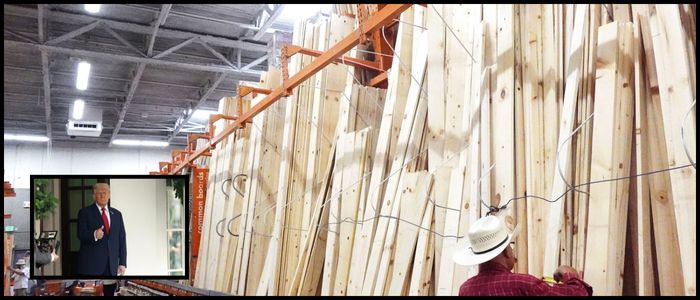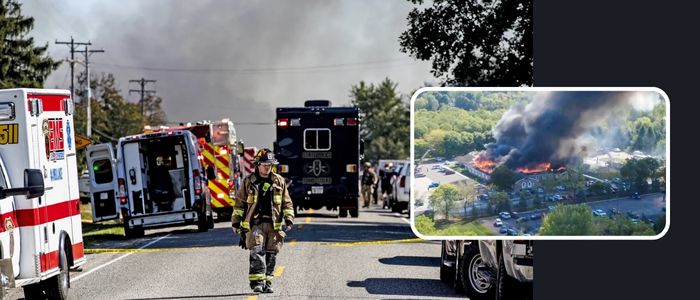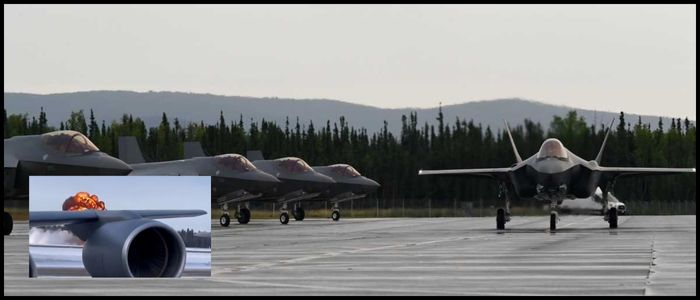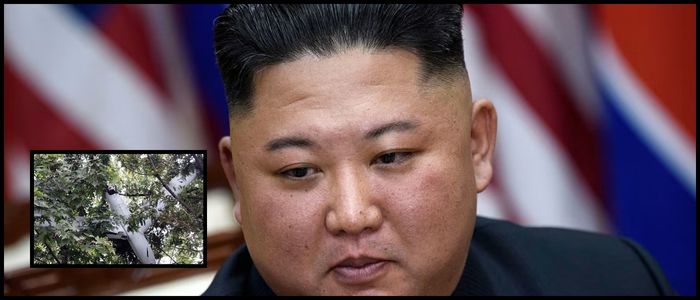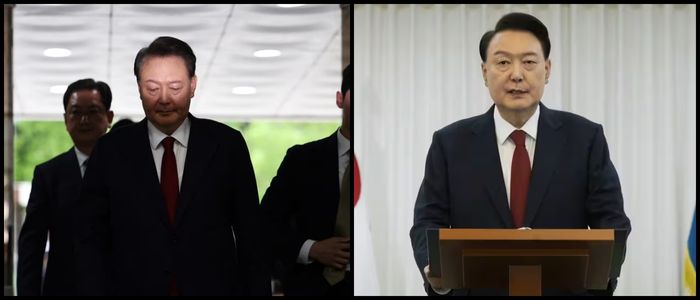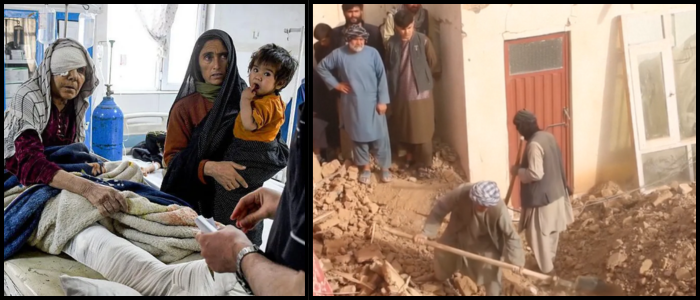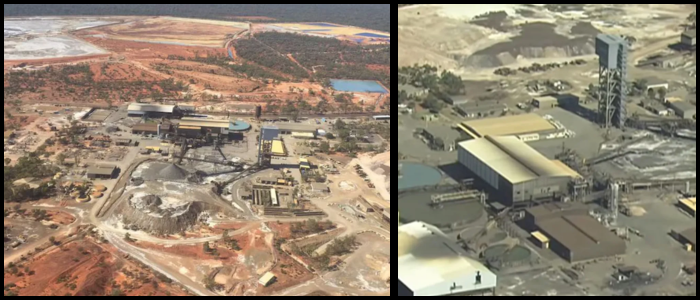The Strikes and the Damage Estimate
The joint strike force, in Operation Midnight Hammer, included 125 U.S. military planes, among them seven B-2 stealth bombers. Fordo, Natanz and Isfahan nuclear installations had been attacked, said US General Dan Caine. Fordo, a facility where underground uranium enrichment takes place, was struck by 14 GBU-57 Massive Ordnance Penetrator (MOP) bombs at a massive 13,000kg each with a capability of penetrating 200 feet of concrete before exploding. Overall, Americans had declared that 75 precision-guided weapons were used.
Preliminary reports suggest that all three sites sustained "severe damage and destruction." But Iranian officials say they had removed the nuclear material months before, and they have insisted that the attack did little damage. The Iranian Atomic Energy Organization called the strikes a "barbaric breach of international rules and spaces." In Saudi Arabia and at the International Atomic Energy Agency, no increase in radiation was detected after the strike.
Iran Retaliates, and the World Responds
Hours after the American attacks, Iran fired ballistic missiles at Tel Aviv and Haifa, causing the wounding of at least 86 people. Iranian Foreign Minister Abbas Araqchi described the US move as a betrayal and said Iran retains the right to retaliate. Iran now faces the question of whether to strike back right away, wait to respond, or refrain from responding in order to keep its diplomatic options open.
Stable boy President Trump tweeted the missiles had been fired, then went on television with Vice-President JD Vance, Defence Secretary Pete Hegseth and Secretary of State Marco Rubio. He threatened what he described as even more devastating U.S. strikes unless Iran came to the negotiating table. The announcement was cheered by some members of Congress, even as others, in both parties, condemned it as either potentially unconstitutional or reckless.
There has been a range of reactions from world leaders. UK Prime Minister Sir Keir Starmer backed the US move to answer a serious threat. UN Secretary General António Guterres said it was a dangerous escalation and EU foreign policy chief Kaja Kallas urged all sides to return to talks. Even countries such as Saudi Arabia, Oman, India and Russia were expressing worry and urging calm, with Russia's Dmitry Medvedev responding sharply and critically to Trump for launching a new war.
How the Conflict Began
Tensions flared on June 13, as Israel carried out a surprise strike on Iranian nuclear and military facilities. Israel's aim here was to stop what it perceived to be a fast-advancing program to develop nuclear weapons. In retaliation, Iran unleashed a volley of rockets and drones. Both countries have carried out more air strikes since then.
President Trump has always been against Iran having nuclear weapons. While US intelligence officials, including Tulsi Gabbard, have recently said that Iran was not in the process of building a bomb, Trump had rejected such conclusions. And just days before the bombing, Trump announced he would give Iran two weeks to negotiate — yet took action much sooner, stating diplomacy had failed.
World
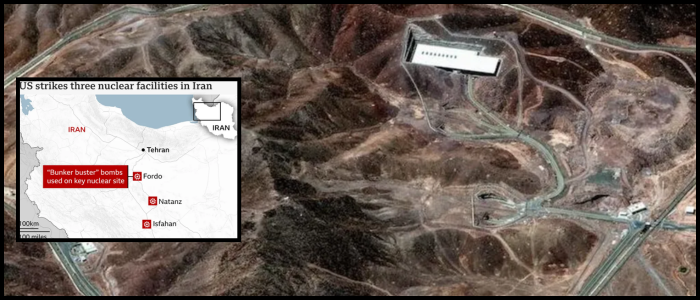
US Strikes Iranian Nuclear Sites in Major Escalation

The United States has mounted a massive bombing campaign targeting Iran, bombing three sites that are central to the country's nuclear program, in President Donald Trump's terms, a "successful" mission. The strike, which came in coordination with Israel, represents a major escalation in the simmering conflict between Iran and Israel. The US says the sites were destroyed; Iran disputes the extent of the damage and threatens retaliation.



